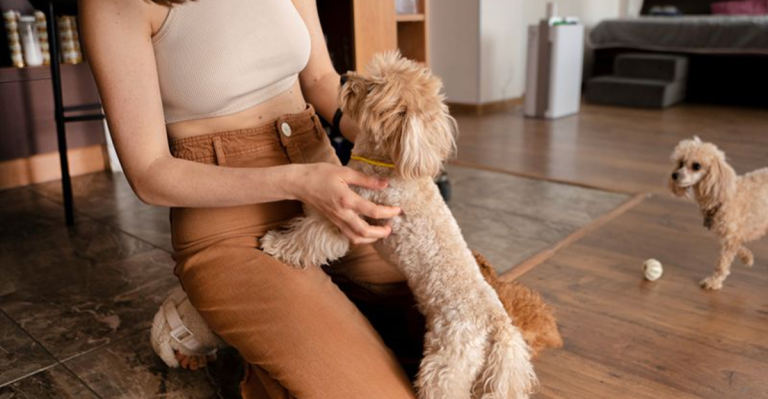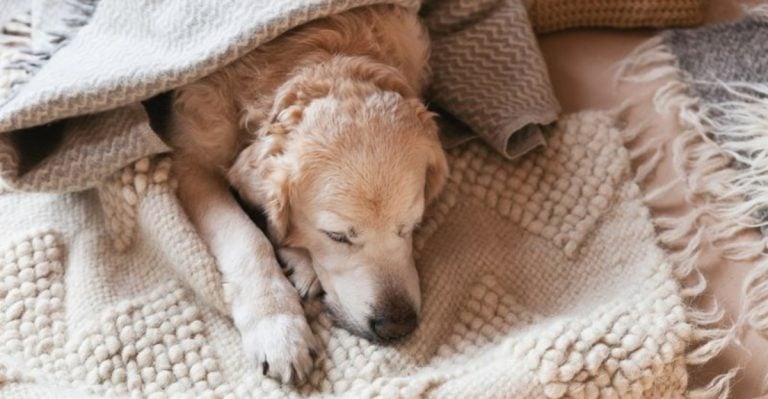15 Signs Your Home May Be Less Dog-Friendly Than You Think
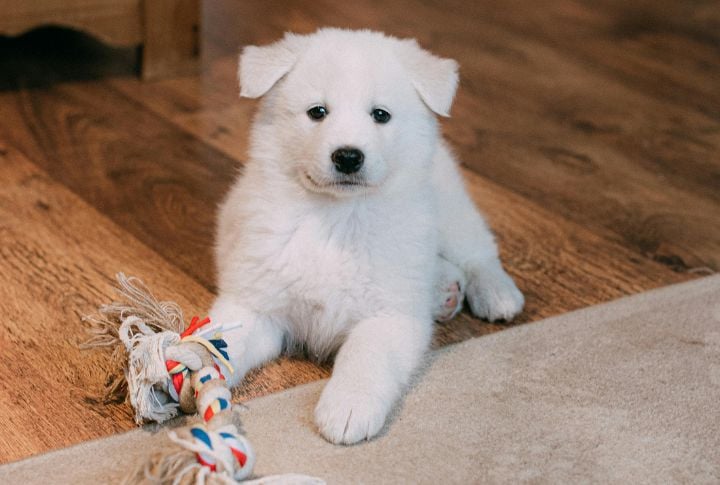
Even well-loved homes can feel a little chaotic to a dog. Disruptions don’t always come with noise—they creep in through design quirks and overlooked habits. If restlessness keeps showing up, it might be time to see the space through a different lens. So, here’s where you start.
Slippery Floors
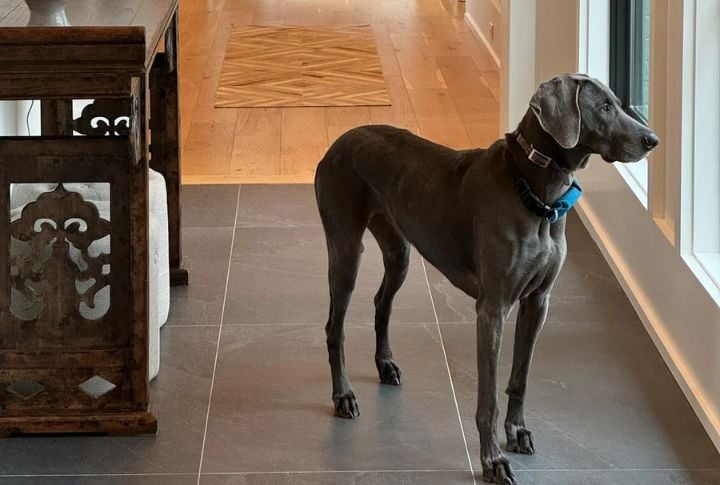
Hard surfaces like tile or laminate may seem fine, but your dog might hesitate to walk across them. Slipping affects confidence and posture. If you see cautious steps or wide stances, it’s time to add rugs or rethink traction in key areas.
Stressful Meal Zones
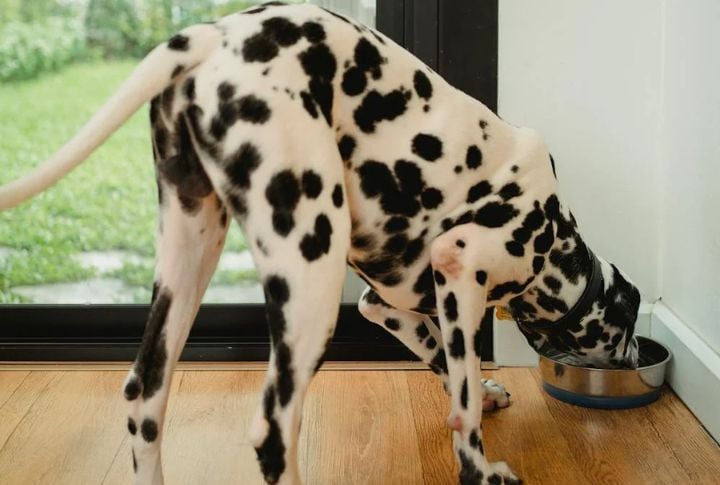
Meal areas near busy entrances or noisy appliances can make your pet feel unsettled. This often leads to rushed eating or food guarding. What helps? Relocating bowls to a quieter corner. It provides a more relaxed mealtime and encourages healthier, slower chewing habits.
Uncomfortable Sleeping Areas
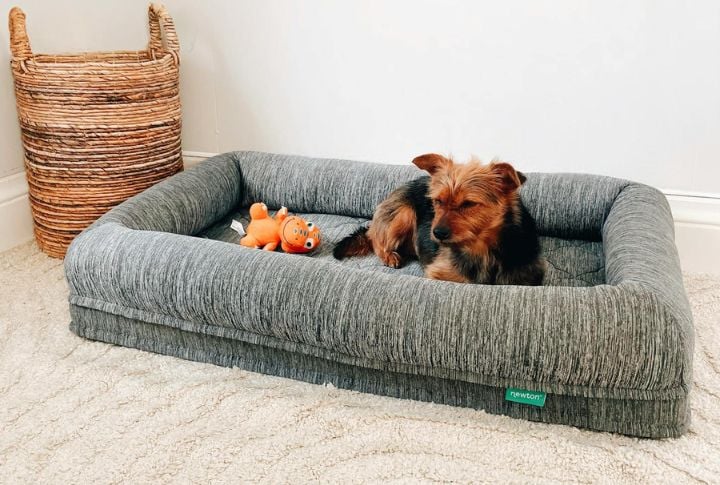
Choosing awkward spots instead of that expensive bed could signal an issue. Often, it’s not about comfort but where the bed is placed. Locations near loud windows or busy walkways can feel too exposed. So, move it to a quieter corner so your pup actually wants to rest there.
Blocked Pathways
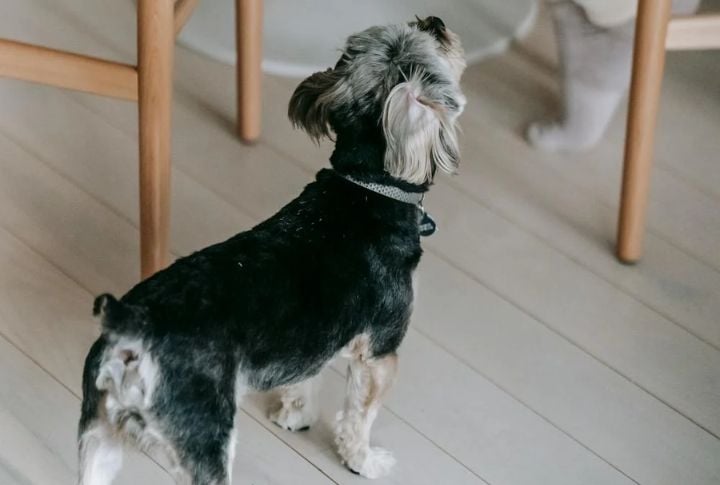
Watch closely. If your dog zigzags around furniture like it’s an obstacle course, the space might be stressing them out. Dogs like having open routes, not bottlenecks. It’s not about being dramatic but feeling like there’s always an easy way out.
No Safe Zone
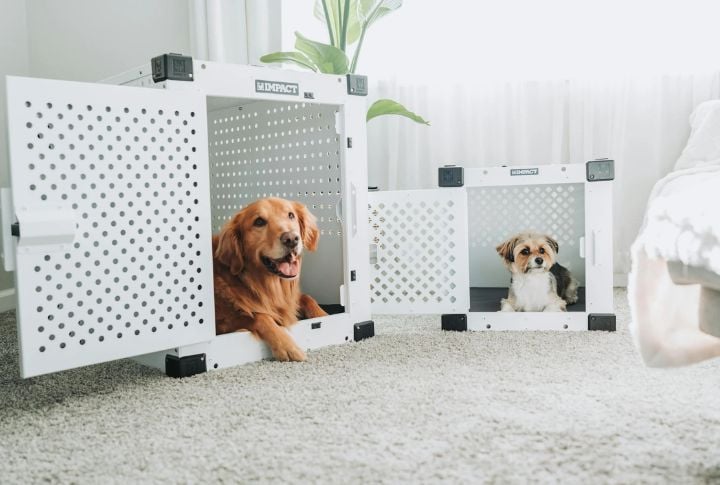
Some dogs enjoy social time, while others want a break. So, if your layout offers no escape when visitors come over, your pet may feel cornered. A crate with a cover or access to a quiet room gives them the needed privacy.
Hidden Toys
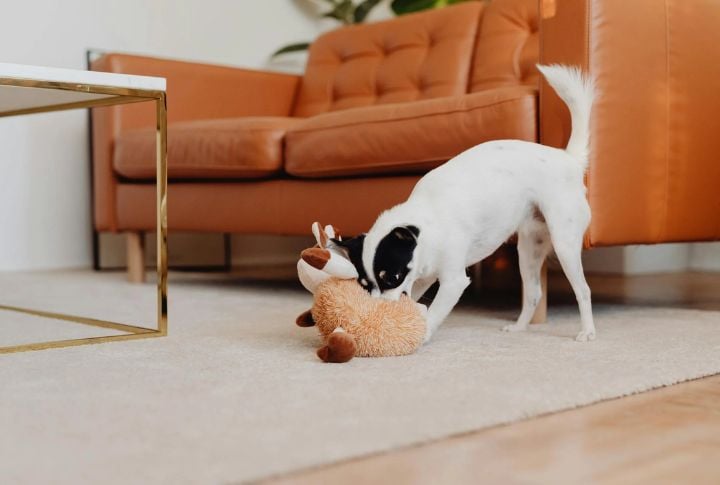
A clean floor looks better, but hiding toys in closets or drawers limits engagement. Dogs are more likely to play when their favorites are easy to grab. Try placing a few in a low basket and rotating them weekly to keep interest fresh and frequent.
Overpowering Scents
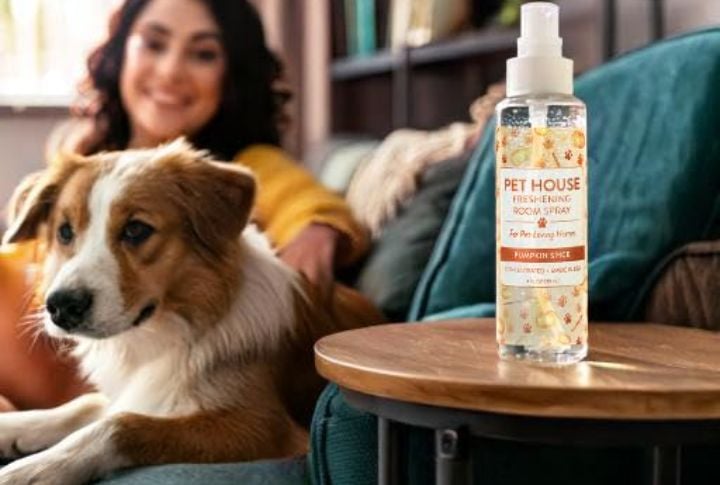
Fragrances from candles or air fresheners may seem pleasant, but even mild scents can be overpowering for animals. Signs like sneezing or avoiding certain rooms are often traced back to lingering odors. So, switching to scent-free or pet-safe alternatives can improve their overall comfort indoors.
Improper Furniture Height
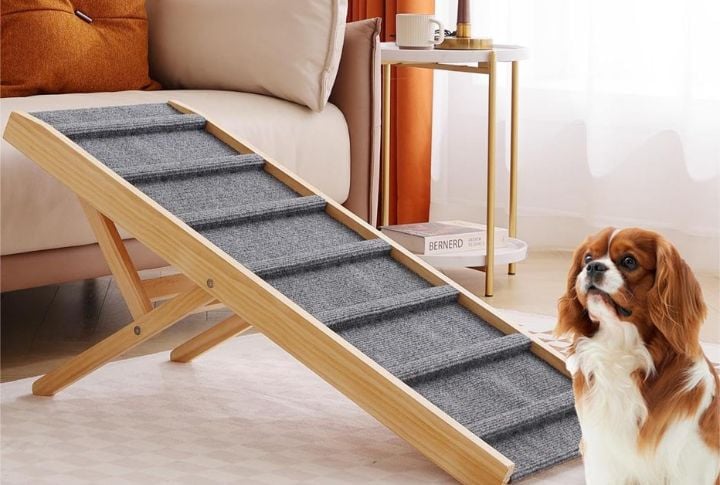
Tall couches and beds might not seem like a problem, but for small or aging dogs, they’re a real hurdle. Leaping up adds strain, while tight gaps underneath attract curious noses—and stuck paws. A ramp and some toy management go a long way.
Unstable Rugs
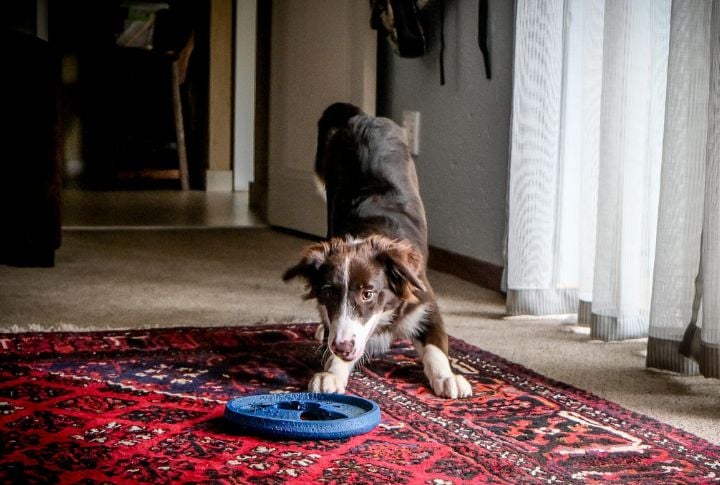
A crooked rug might seem like a minor annoyance to you, but to your dog, it’s a trap. Slipping during a zoomie or chase toy moment can throw off their confidence. Over time, wobbly floors turn into no-go zones, especially for pups that like to move fast.
Harsh Lighting
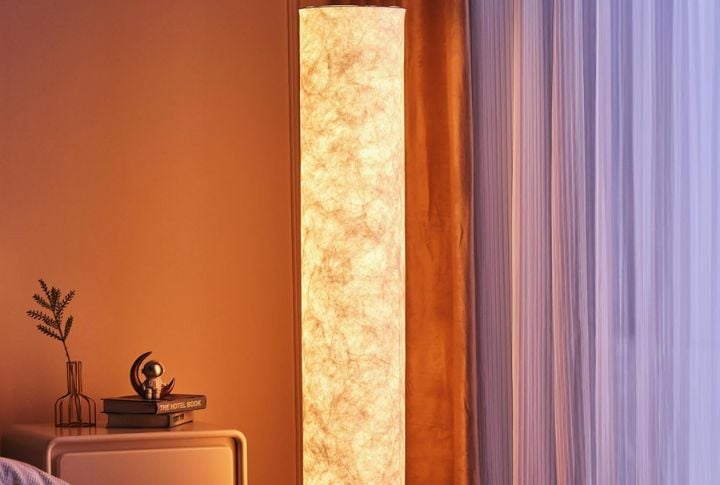
Flickering bulbs or bright ceiling lights can produce visual noise that your dog doesn’t know how to process. If certain corners are consistently avoided, try using a lamp with softer lighting. Subtle changes in brightness can dramatically improve how rooms feel to them.
Visible Cleaning Tools
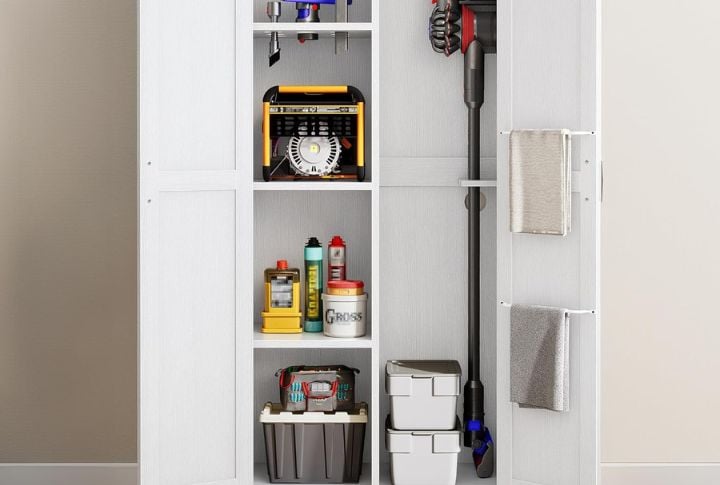
Tall cleaning tools like vacuums or mops often signal “trouble” to anxious pets. Just seeing them can lead to growling or avoidance. So, store these items out of sight. It creates a calmer environment and helps reduce visual triggers in homes where space is already tight.
Unmanaged Temperatures
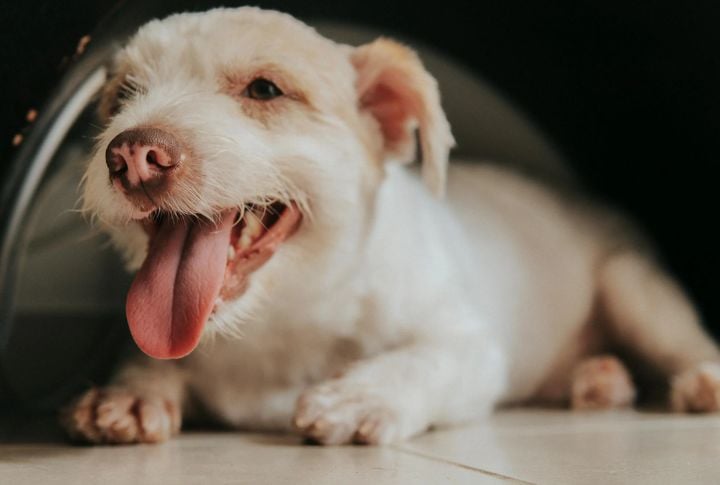
Is one room too warm while another feels cold? Shifts like these can make parts of your home uncomfortable for your dog. You might notice them shunning certain areas or shivering. Simple purchases like a fan or warming mat can create a more balanced environment.
Persistent Noise

If your dog keeps pacing or avoids certain rooms, background noise might be to blame. Street sounds, buzzing appliances, or doorbells can wear on their nerves over time. What’s normal to us can feel chaotic when your ears are four times as sharp.
Mirror Placements

Mirrors can unsettle some dogs. Spotting their reflection may trigger barking or lunging because they don’t recognize it as themselves. Additionally, the unfamiliar image creates confusion in their mind. If these reactions continue, cover or remove the mirrors in order to create a more protected environment.
Difficult Outdoor Access
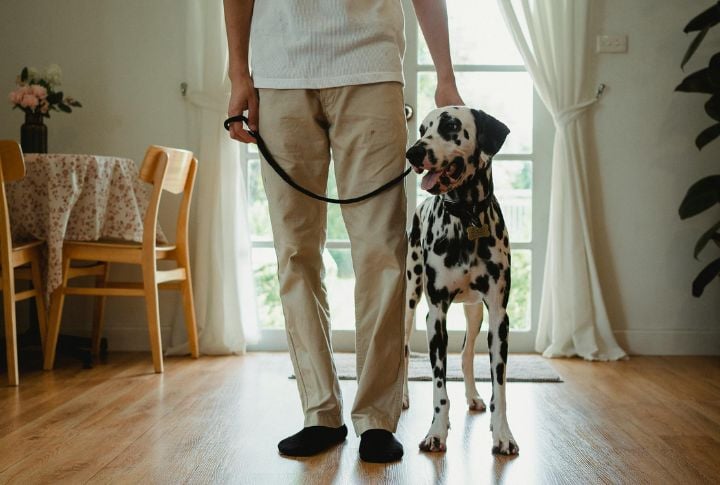
A messy entry can mess with your dog’s flow. Tight spaces filled with stuff force awkward movement, especially when a leash is involved. It’s not about being picky—they just want room to move without bumping into everything on the way out.




